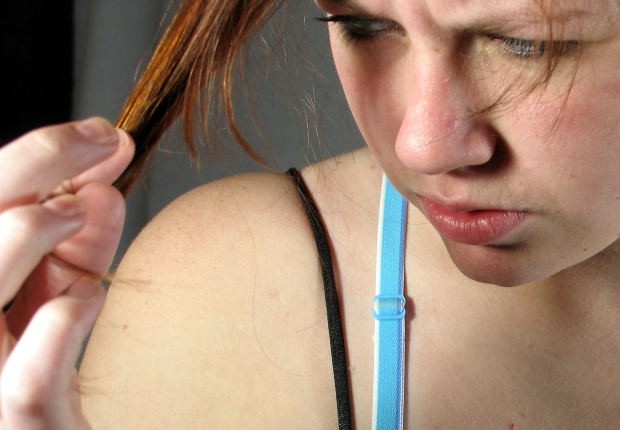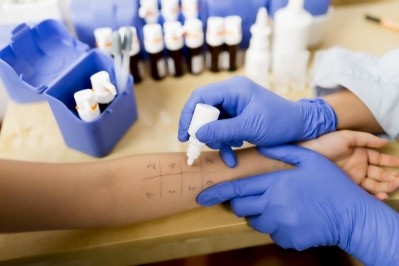JRC new EU reference for tracing metals in hair

According to the body, this new test ‘ERM-DB001’ has the ability to monitor traces of metals like arsenic (As), cadmium (Cd), copper (Cu), iron (Fe), mercury (Hg), selenium (Se), lead (Pb) and zinc (Zn) by assessing hair rather than blood samples.
This option, the JRC reckons, will be more beneficial than others in assessing metal exposure in that it is non-invasive and enables an easier process in keeping a record of past contact or intake of traces, thanks to the hair's sequential growth.
In terms of the cosmetics industry, this development will specifically simplify the process of assessing quality control and method performance as well providing stability in cases of establishing control charts or carrying out validation studies.
According to the EC appointed body, through the reference its' scientists collected approximately 8 kg of uncoloured, untreated human hair and processed it under stringent conditions in order to produce a certified reference material (CRM) of human hair powder.
The CRM is now available in amber glass bottles containing around 3.5 gram of dried and powdered human hair, placed in aluminium sachets closed under argon atmosphere.
The presence of metal in cosmetics - an on-going debate
Industry bodies like CTPA have spoken out in recent months to reiterate the safety of cosmetic products after the University of Berkeley found traces of metal present in lipsticks.
Lead, cadmium, chromium and aluminum were amongst those detected of which the Association argued were merely of ‘minute levels’ and that despite the suggestions otherwise, are not present at levels that would cause harm either now or in the future.
Strict European cosmetic laws require manufacturers to carry out a rigorous safety assessment by a qualified expert scientist whereby that assessment will also take account of any impurities present in the ingredients that could end up in the finished product.




















